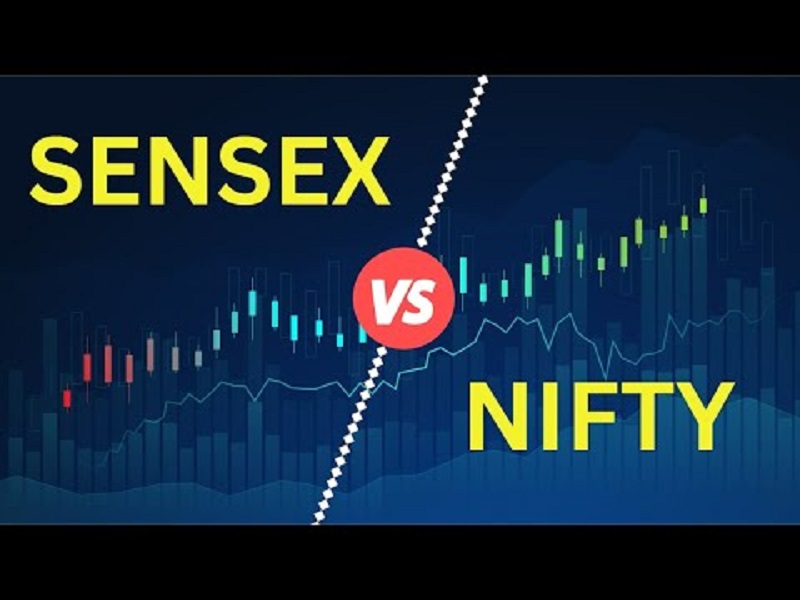
A prime indication about economic status of India is available through two major stock market indices of the country known as Sensex and Nifty. Being new entrants to the world of Indian stock markets, it is very important for investors to have the ability to distinguish between the two former indices. Here are five major differences that will assist you in the right investment and correct market direction.
1. Number of Stocks and Market Representation
The Sensex that is maintained by BSE comprises 30 of the most traded along with the largest companies in India. On the other hand, the Nifty with the National Stock Exchange (NSE) consists of 50 stocks in its index. This wider coverage makes Nifty more representative than Sensex since it includes many more industries and representative companies so that it gives a larger and more inclusive view of market’s performance in India.
2. Calculation Methodology and Base Year
Both indices employ different methodologies and base years for their calculations. The Sensex uses 1978-79 as its base year with a value of 100 points, while Nifty takes November 3, 1995, as its base year with a value of 1,000 points. The calculation method, though similar in using free-float market capitalization, can result in varying index movements due to the different base periods and constituent stocks.
3. Sectoral Diversity and Stock Selection Criteria
Due to its larger underlying base of 50 stocks the Nifty has the ability to represent more sectors than the Sensex. Every stock must have to satisfy certain conditions regarding their market capitalization, turnover and the trading frequency. The Sensex, as it represents thirty stocks, has a more weighted mean towards large capitalization blue-chip players which have been consistently good market leaders in their respective fields.
4. Trading Volumes and Market Liquidity
It is often seen that trading volumes are higher in NSE (Nifty platform than in BSE (Sensex platform. This also leads to enhanced price discovery and possibly lower impact costs to the trading and investment community. It also means that a greater number of stocks are available in Nifty that would lead to active trading as most institutional investors and traders prefer it.
5. Geographic and Regional Representation
Although both the indices are large-cap indices, they are dissimilar in terms of area that Indian businesses are reflected in. While constituted, the Nifty encompasses companies based in different areas of India as compared to the Sensex. The Sensex, earlier representing mainly Mumbai-based companies, has changed but still lean slightly more towards companies with dominant operations in the western region of India.
Conclusion
The Sensex and Nifty are two important indexes of the Indian stock exchange having their own style and advantages. While the Sensex gives the position of large cap stocks in market, the Nifty gives a more holistic picture of the market. For investors, these differences make it easier for them to decide which kind of investment they should be making, according to their financial capacities in addition to the level of risk they are willing to undertake. Wise investment is about identifying the right instruments for your investment by understanding the fundamental market factors that exist in the marketplace
Follow this link to join our WhatsApp group: Join Now
Be Part of Quality Journalism |
Quality journalism takes a lot of time, money and hard work to produce and despite all the hardships we still do it. Our reporters and editors are working overtime in Kashmir and beyond to cover what you care about, break big stories, and expose injustices that can change lives. Today more people are reading Kashmir Observer than ever, but only a handful are paying while advertising revenues are falling fast. |
| ACT NOW |
| MONTHLY | Rs 100 | |
| YEARLY | Rs 1000 | |
| LIFETIME | Rs 10000 | |









